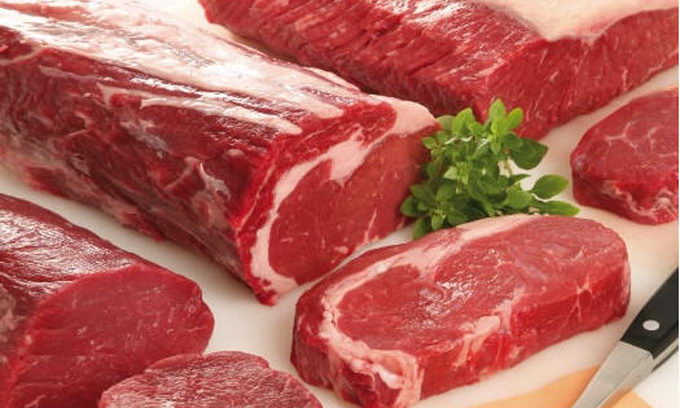Brazil mantains good pace of meat exports to the Chinese market

The Chinese government acted proactively to quickly rebuild its pig herd after the severe ASF outbreak between 2018 and 2019. Investments in genetics were made, and what is observed is an absurd increase in the average productivity of Chinese pig farming, with aggressive downward movements in 2021. Significant declines in exports by important players in the meat industry, the European Union, and the United States in the case of pork, and by Australia and Argentina in the case of beef, are already being felt.
Out of the major players in the meat industry, only Brazil maintains a good pace of exports to the Chinese market, which is explained by the competitive price of Brazilian animal protein combined with guaranteed delivery. Brazil has been a market that remained open during the pandemic. Even with the rapid advance of prices in the meat industry, there have been no government measures to hold back the growth in beef and pork exports.
Another aspect that needs to be mentioned is the 2022 cost structure. Corn will continue at a very high price level during the first half of 2022, with supply tending to normalize only with the arrival of the second corn crop. In relation to soymeal, the expectation is for less aggressive prices with the beginning of the crop arrival during the first half of the year. The focus remains on China, as the herd is moving forward more professionally, there is a greater need for quality animal nutrition, that is, as Chinese meat production advances, so does the demand for soybeans and corn.
The exchange rate is another important element to be considered, given the trend of devaluation of the real in a year of strong electoral tension. It is unlikely that the dollar operates below BRL 5.00 in 2022. This dynamic keeps national commodities highly competitive in the international market, including animal proteins.
It is clear that each animal protein has its particularities about its production cycle, they are interconnected by consumption patterns, whether internal or external. A very clear example is the movement of chicken prices in 2021, gaining a relevant market share due to beef prices, which have been close to their historical highs. Historically, in Brazil, the average consumer has a predilection for beef, the high prices in the beef chain, together with the difficulties in employment and income during the pandemic, resulted in a broad process of consumption migration towards more accessible proteins. Even with a very aggressive upward movement, chicken prices are still more competitive compared to other animal proteins.
For next year, with a potential advance in the beef supply, with the possibility of a decline in Chinese imports, there is a clearer possibility of an inversion of the price curve for the beef industry, which would impact on the formation of prices of other proteins of animal origin. After three years of reduced consumption, 2022 may finally be marked by the expansion of domestic beef supply in Brazil.
Read also
Wheat in Southern Brazil Impacted by Dry Weather and Frosts
Oilseed Industry. Leaders and Strategies in the Times of a Great Change
Black Sea & Danube Region: Oilseed and Vegoil Markets Within Ongoing Transfor...
Serbia. The drought will cause extremely high losses for farmers this year
2023/24 Safrinha Corn in Brazil 91% Harvested
Write to us
Our manager will contact you soon



